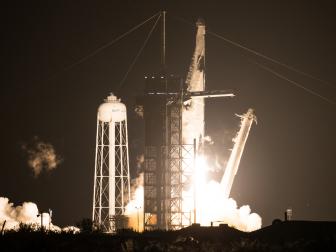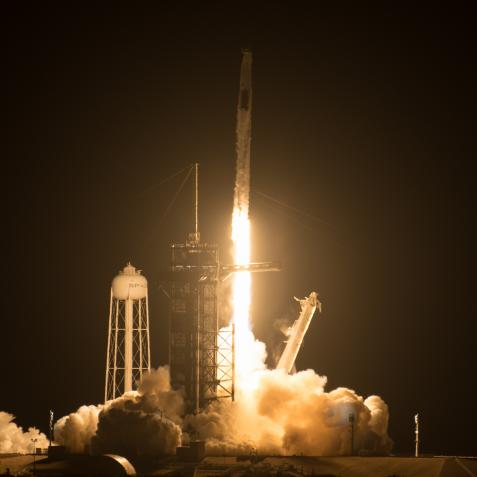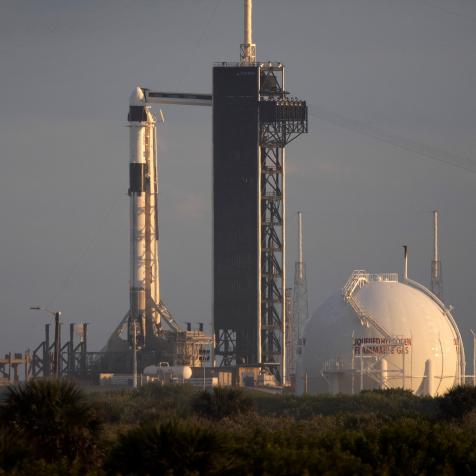
NASA/Bill Ingalls
Splashdown! NASA and SpaceX Crew-1 Return to Earth
On Sunday, May 2, at 2:56A ET, NASA astronauts Michael Hopkins, Victor Glover, Shannon Walker, and JAXA astronaut Soichi Noguchi returned home. From undocking to splashdown, here's everything you need to know.
Catch up on NASA's SpaceX Crew-1 mission on SPACE LAUNCH LIVE: CREW-1 LIFTOFF, streaming on discovery+.
After two weather delays, the four space explorers undocked from the International Space Station in their Crew Dragon, Resilience, at 8:35P ET on Saturday, May 1. They successfully splashed down in the Gulf of Mexico off the coast of Panama City, Florida at 2:56A ET on Sunday, May 2.
More on the Crew-1 Landing
Welcome Home Crew-1: NASA and SpaceX Crew Dragon Splashdown Complete! 11 Photos
From preparation to Splashdown. Follow the NASA and SpaceX Crew-1 return to Earth after a 6 month stay at the International Space Station.
Watch the Crew-1 Splashdown 00:58
The Crew-1 astronauts returned home safely after nearly 6 months at the International Space Station.
NASA's SpaceX Crew-1 Mission
Journey to the ISS: NASA and SpaceX Crew-1 Mission 14 Photos
(Updated: November 17, 2020) From launch preparation on land to docking with the ISS in space, here are some highlights from the NASA and SpaceX Crew-1 mission. NASA astronauts Michael Hopkins, Shannon Walker, and Victor Glover, along with Soichi Noguchi of the Japan Aerospace Exploration Agency launched in a new Crew Dragon spacecraft atop a Falcon 9 rocket on November 15 at 7:27P ET from the NASA Kennedy Launch Complex 39A. After a 27 hour journey, the spacecraft docked with the ISS at 11:01P ET.
NASA SpaceX Crew-1, We Have Liftoff!
(Updated: November 16, 2020) After multiple delays, the NASA SpaceX Crew-1 Mission launched on Sunday, November 15th at 7:27P ET. This historic milestone marks the first operational mission of SpaceX’s Crew Dragon with four astronauts and kicks off the gateway to the second golden age of space exploration. Here's everything that happened on launch day.
NASA's SpaceX Crew-1 Mission Videos 7 Videos
NASA SpaceX Crew-1 Mission launched on Sunday, November 15th at 7:27P ET. Here's everything that happened leading up this this historic launch from the Kennedy Space Center in Cape Canaveral, Florida and docking at the International Space Station.























